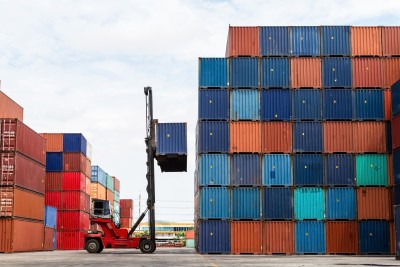Explosives: Storage Requirements For Explosive Magazine

Explosive magazines can be deadly. Basically, anything explosive is deadly. Explosives are those that are easily ignited and can cause fatality. Therefore, it should not be left in a place where there is no protection. Explosives should not be left to people who do not know the requirements it needs in order to protect not only themselves but also the people around them. While explosives have uses far more than to cause harm, it is highly important that the person handling explosives is aware of the storage requirements different explosives call for. What are the storage requirements for explosives? Read on.

High explosives, upon initiation, function by detonation, a rapid explosion of the material caused by a shock wave moving throughout the product at a rate which is a lot faster than the speed of sound. Examples of these are blasting caps, detonating cord, dynamite, shaped charges, and boosters. These high explosives must be stored in:
Examples of low explosives are black powder, display fireworks, safety fuse, igniters and fuse lighters. The low explosives must be stored in either Type-1, 2, or -4 permanent, portable indoor/outdoor magazines.
Blasting agents, on the other hand, are material or mixture consisting of fuel and oxidizer which is intended for blasting and those that cannot be detonated by a No. 8 test blasting cap when at large. The minimum requirement for blasting agents is a type-5 permanent, portable magazine. However, those blasting agents stored with high explosives must be kept in either a type 1 or 2 magazines.
To ensure that the explosives are well kept, here are the other security needs that can provide for the needed precautions in explosive magazines:
These must be attached to doors by welding, riveting, or bolting so that the bolts cannot be removed from the outside.
Having the appropriate padlock will prevent easy access to thieves and help to thwart break-ins and robberies.
For storage of explosives, the regulations normally require:
a) Two mortise locks;
b) Two padlocks fastened in separate hasps and staples;
c) Padlocks which have at least five tumblers and a casehardened shackle of at least 3/8-inch diameter.
d) Padlocks must be protected with no less than ¼-inch steel hoods constructed so as to prevent sawing or lever actions on the locks, hasps, and staples.
e) 3-point lock;
f) Combination of mortise lock and padlock; or
g) Mortise lock requiring two keys to open.
These types of locks have no visible shackle when installed. The locking bolt and staple are both completely covered and protected by the lock body.
These do not provide adequate protection against pulling or prying the lid off the magazine. It is the type of lock that fails to provide a level of theft-resistance for indoor storage of low explosive materials and may not be used to secure Type-4 indoor magazines.
Remember that explosives can take away lives in an instant. It is highly important that one takes extra precautions when storing an explosive magazine.
Author Bio
Steve Chamley trades products from South America like footwear and bags. He supplies them unbranded to different shops in Australia and New Zealand.
